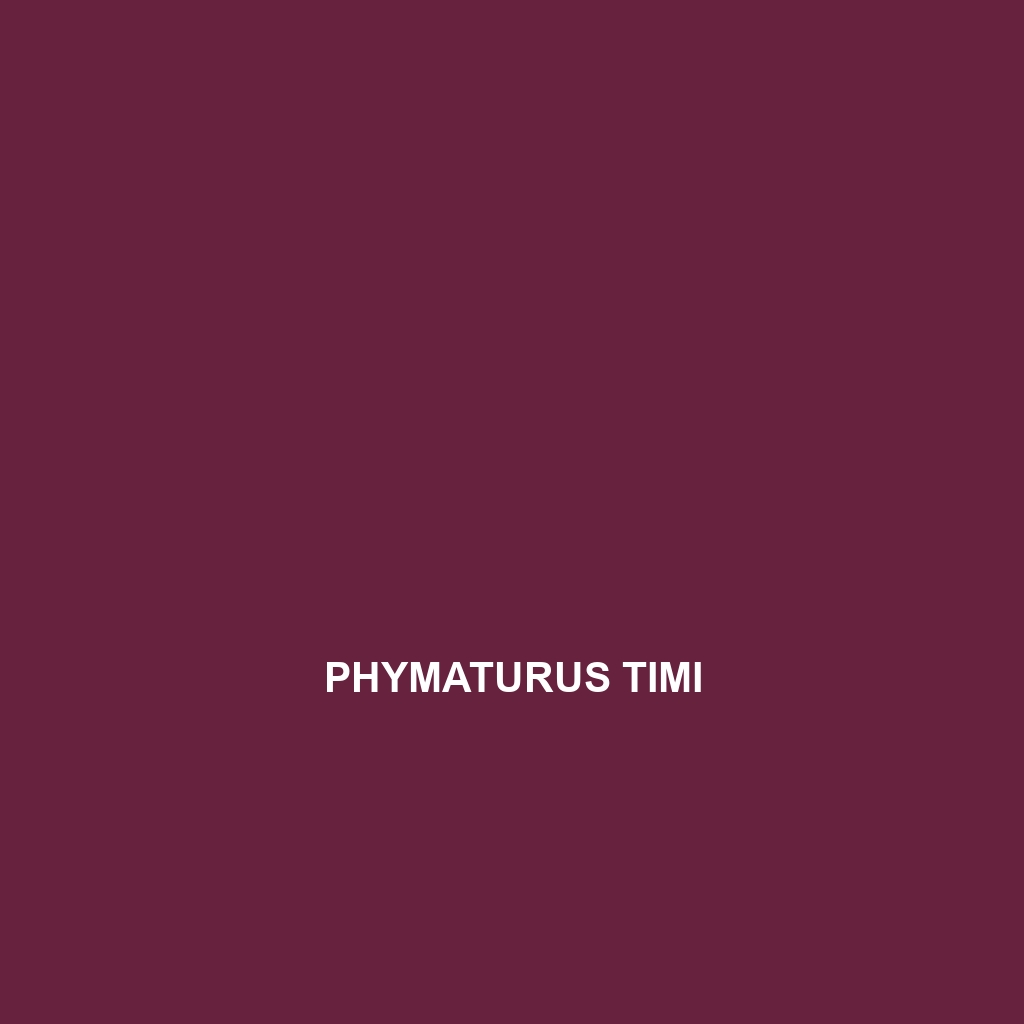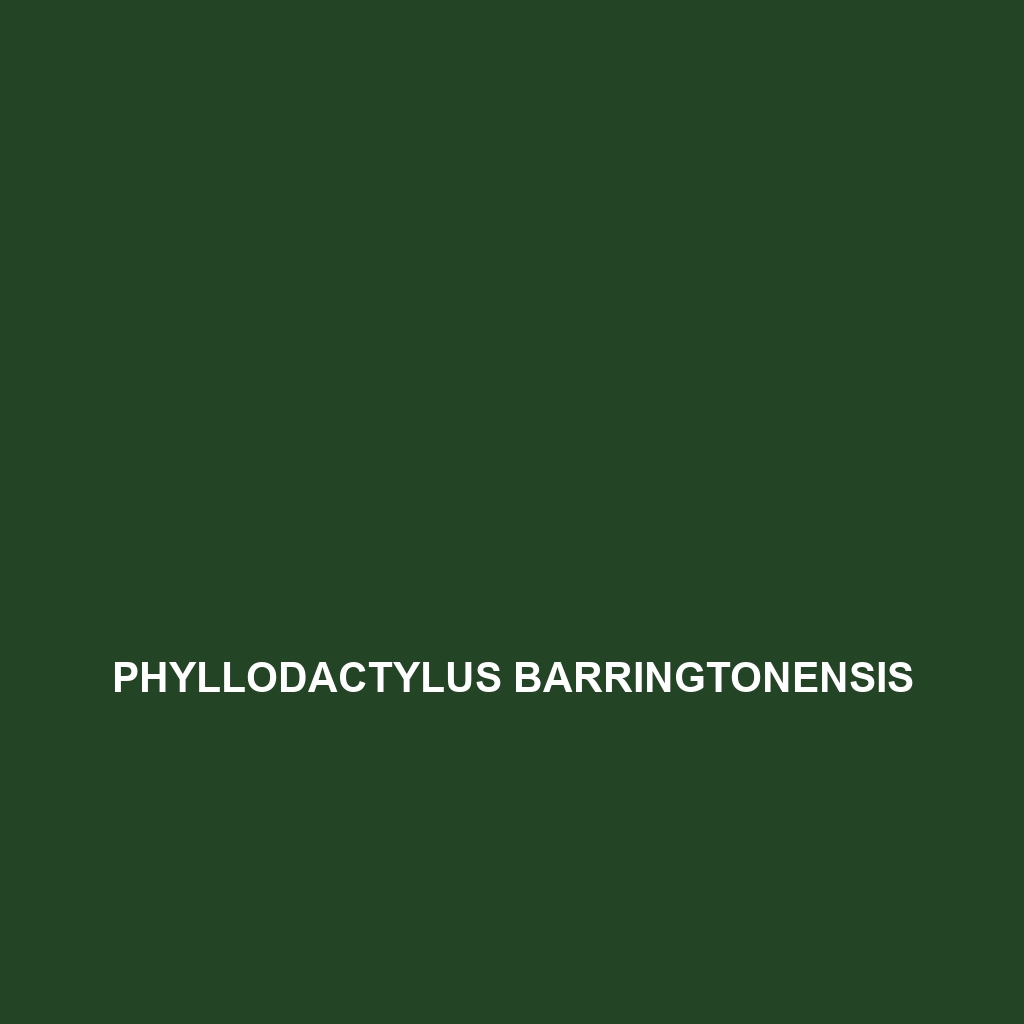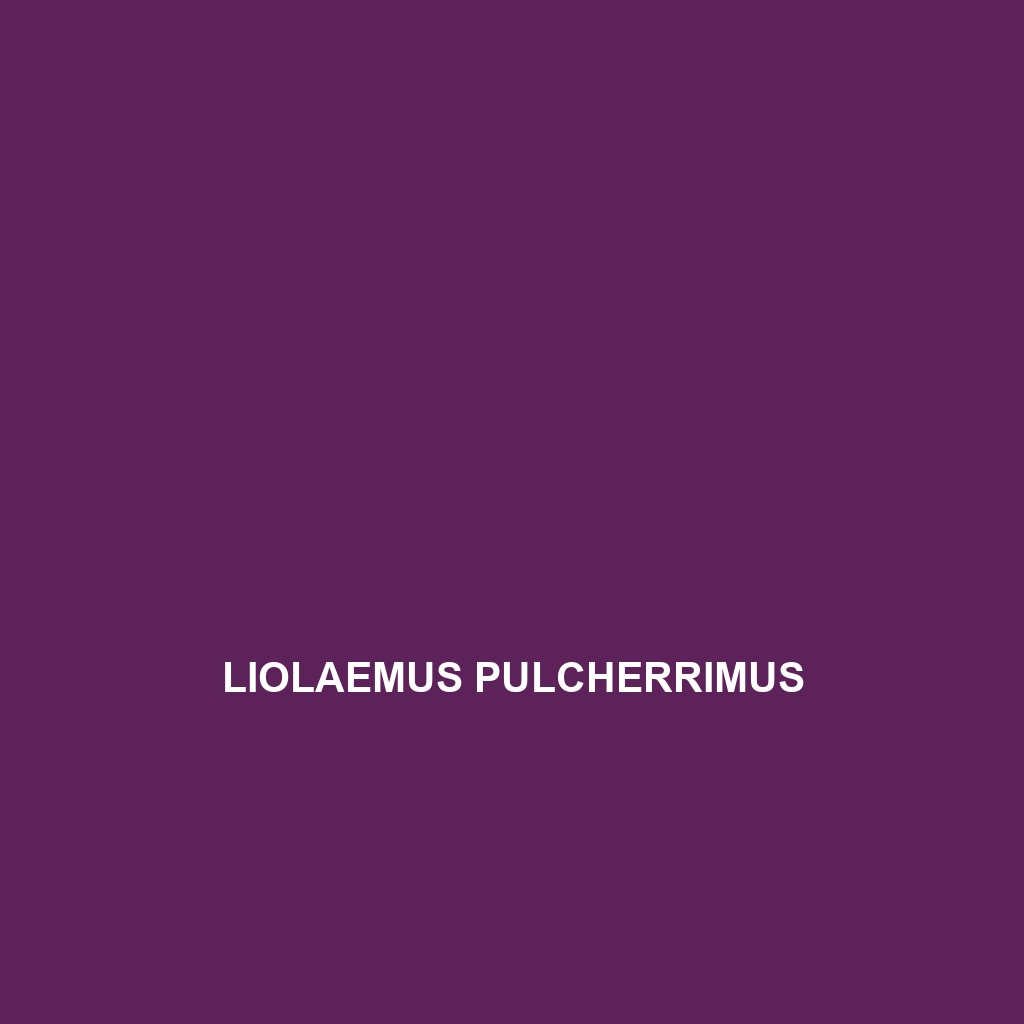<p><b>Ptyodactylus hasselquistii</b>, or Hasselquist's gecko, is a nocturnal insectivore found in North Africa and the Middle East, known for its distinctive sand-colored skin and adhesive toe pads that enable climbing. This species thrives in arid habitats, exhibiting unique behaviors such as territorial marking and tail regeneration for predator evasion.</p>
Tag: arthropod diet
Ptyodactylus hasselquistii
<p><b>Ptyodactylus hasselquistii</b>, or Hasselquist's gecko, is a nocturnal insectivore found in North Africa and the Middle East, known for its distinctive sand-colored skin and adhesive toe pads that enable climbing. This species thrives in arid habitats, exhibiting unique behaviors such as territorial marking and tail regeneration for predator evasion.</p>
Plestiodon indubitus
<h2>Plestiodon indubitus - Southeastern Skink</h2> <p><b>Plestiodon indubitus</b>, commonly known as the southeastern skink, is a sleek, elongated lizard found in temperate forests and savannas across the southeastern United States. This diurnal insectivore, characterized by its smooth, glossy skin and distinctive dark stripes, plays a vital role in regulating insect populations and contributes to ecosystem health.</p>
Phymaturus timi
<b>Phymaturus timi</b>, a unique lizard native to the rocky scrublands of Patagonia, Argentina, measures 15 to 20 cm and showcases earthy brown and grey coloration for effective camouflage. Primarily insectivorous and diurnal, it plays a vital role in its ecosystem by controlling insect populations while serving as prey for larger predators.
Phyllodactylus barringtonensis
<b>Phyllodactylus barringtonensis</b>, or Barrington Leaf-toed Gecko, is a vibrant, nocturnal species native to the humid rainforests of the Barrington Islands, measuring 8 to 10 cm. This insectivorous gecko is known for its remarkable camouflage and unique toe structure, which enhances its grip on vertical surfaces while playing a crucial role in controlling insect populations in its ecosystem.
Lygosoma quadrupes
<p>The <b>four-toed skink</b> (<i>Lygosoma quadrupes</i>) is a unique reptile found in tropical Southeast Asia, known for its slender body, smooth, camouflaged skin, and distinctive four toes. Preferring humid environments like <b>rainforests</b> and <b>savannas</b>, this <b>nocturnal</b> insectivore plays a crucial role in maintaining ecological balance by controlling insect populations.</p>
Liolaemus pulcherrimus
<p>Discover the stunning <b>Liolaemus pulcherrimus</b>, known as the beautiful Liolaemus, a vibrant lizard native to the temperate forests and savannas of Chile and Argentina, characterized by its striking blue and green coloration, agile movements, and role as a key insectivore in its ecosystem.</p>
Liolaemus gallardoi
<p><b>Liolaemus gallardoi</b> is a medium-sized, diurnal lizard native to Patagonia, Argentina, known for its vibrant colors and distinctive patterns that provide excellent camouflage in temperate forests and savannas. As an ovoviviparous species, it plays a vital role in its ecosystem by regulating insect populations while facing challenges from habitat loss and environmental changes.</p>
Liolaemus abdalai
Introducing the Liolaemus abdalai, a captivating lizard native to the arid Atacama Desert in central Chile. Measuring 12 to 15 centimeters in length, it boasts a robust build and a unique coloration that allows it to blend seamlessly into its rocky habitat while playing a vital role in the ecosystem as both predator and prey.
Lepidoblepharis emberawoundule
Discover the vibrant Lepidoblepharis emberawoundule, a small, nocturnal lizard from the Amazon Basin, renowned for its striking camouflage and specialized climbing abilities. This insectivorous species plays a vital role in its ecosystem, helping control insect populations while serving as prey for larger predators.









